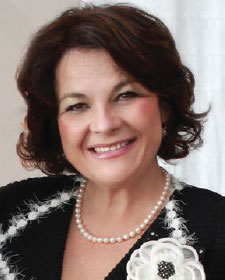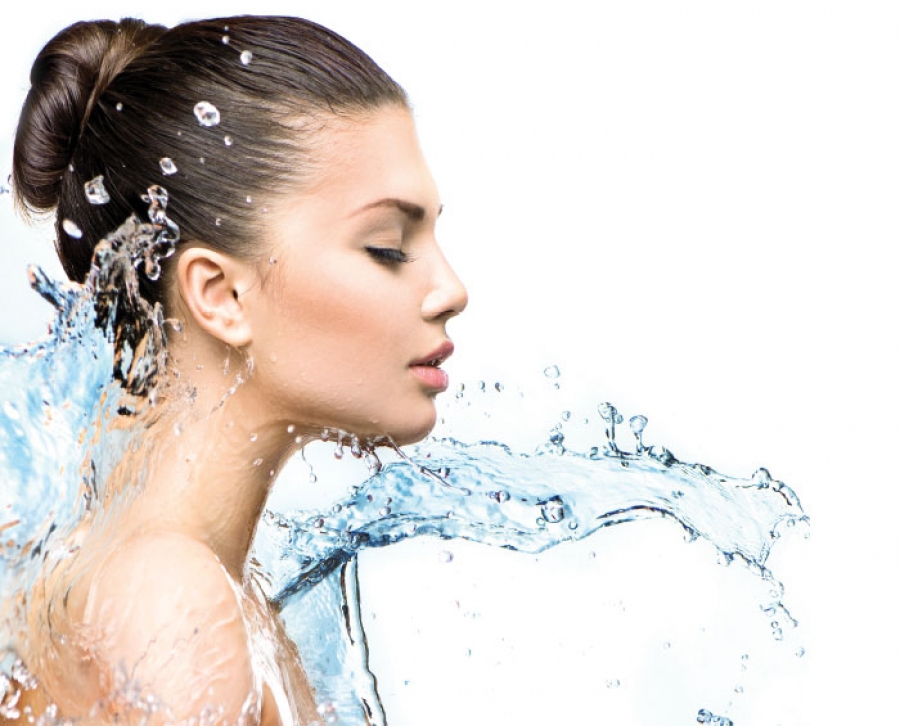2. Bathing is a tradition with a rich history throughout the world. Seen as a means of healing, bathing on a daily basis is a part of many cultures. In Japan, bathing dates back to some of the earliest recorded documents and is described as a means of cleansing and purifying the soul in ancient rituals, including funerals. A milestone in the evolution of bathing came in 1970 when Roy Jacuzzi unveiled the Whirlpool Spa. Since that time, a niche market has developed, allowing companies to attempt to recreate the feel, benefits, and aesthetics of a traditional spa on a smaller scale.
 3. Hydrotherapy can soothe sore or inflamed muscles and joints, rehabilitate injured limbs, lower fevers, soothe headaches, promote relaxation, treat burns and frostbite, ease labor pains, and clear up skin problems. When used in conjunction with other ingredients, hydrotherapy can reduce the appearance of cellulite and help remove toxins from the body.
3. Hydrotherapy can soothe sore or inflamed muscles and joints, rehabilitate injured limbs, lower fevers, soothe headaches, promote relaxation, treat burns and frostbite, ease labor pains, and clear up skin problems. When used in conjunction with other ingredients, hydrotherapy can reduce the appearance of cellulite and help remove toxins from the body.
4. Today, hydrotherapy can range from high-technology body treatment enclosures and cryotherapy cabins to moist compresses and at-home baths. The most high-technology tubs and enclosures may include massage jets, chroma or color therapy lights, relaxing sound systems, and self-cleaning functions. Hydrotherapy tubs and Whirlpool baths use jet streams to soothe nerves or massage the body. They can also be used as still baths, where specialized ingredients are added to the water for enhanced skin treatment and relaxation.
5. The temperature of the water used during hydrotherapy affects the therapeutic properties of the treatment. Hot water is chosen for its relaxing properties and is thought to stimulate the immune system. Tepid water can be used for stress reduction and may be particularly relaxing in hot weather. Cold water, on the other hand, is used to reduce inflammation. Alternating hot and cold water can stimulate the circulatory system and improve the immune system. Stimulating hydrotherapy should have a water temperature between 77 and 95 degrees Fahrenheit. Relaxing hydrotherapy occurs when the water is no more than 95 degrees Fahrenheit. Detoxifying hydrotherapy should have a water temperature between 96.8 and100.4 degrees Fahrenheit. The ideal temperature for the greatest transdermal penetration is between 98 and 100 degrees Fahrenheit. Treatments should be maintained at a constant temperature for at least 20 minutes to guarantee good penetration of active ions.
6. As with every procedure, there are precautions and contraindications that need to be considered. If the client is ill with fever, upset stomach, or any other flu-like symptom or has a communicable or infectious disease, it is not advisable for them to have a hydrotherapy treatment in a non-medical setting. Other contraindications include a recent heart attack or resting angina, neurological event, chemotherapy or radiation, or pulmonary embolism, wound or skin infection, and uncontrolled epilepsy or diabetes. Precautions should be taken with controlled epilepsy, high or low blood pressure, poor skin integrity, pregnancy, or early kidney disease.
 7. Thalassotherapy is the usage of sea water for therapeutic purposes and preventative measures based on the belief that immersion in sea water revitalizes, heals, and cleanses the system. It is used as a healing method and has been found to firm and tone skin to reduce cellulite, stress, chronic fatigue, and circulatory problems, as well as maintain overall wellness.
7. Thalassotherapy is the usage of sea water for therapeutic purposes and preventative measures based on the belief that immersion in sea water revitalizes, heals, and cleanses the system. It is used as a healing method and has been found to firm and tone skin to reduce cellulite, stress, chronic fatigue, and circulatory problems, as well as maintain overall wellness.
8. Aromatherapists often recommend adding essential oils of lavender to a warm or hot bath to promote relaxation and reduce stress. Professionals can also add ylang ylang,  tangerine, seaweed, chondus crispus, Epsom salt, yerba mate leaf extract, may chang fruit oil, orange extract, coriander fruit oil, clary sage oil, lemongrass extract, or lemon verbena extract. These ingredients have a number of benefits, including deodorant, antiseptic, toning, astringent, uplifting, and relaxation properties.
tangerine, seaweed, chondus crispus, Epsom salt, yerba mate leaf extract, may chang fruit oil, orange extract, coriander fruit oil, clary sage oil, lemongrass extract, or lemon verbena extract. These ingredients have a number of benefits, including deodorant, antiseptic, toning, astringent, uplifting, and relaxation properties.
 9. The Melange World Spa in Puerto Vallarta, Mexico incorporates cultural bathing rituals from around the world into specialized hydrotherapy treatments. Their Italian Vendimia wine signature treatment incorporates a touch of traditional grape crushing, followed by a wine therapy-infused bath in an original wooden barrel, where clients enjoy a wine tasting of three different selections. Their Turkish Hamam Signature Spa Treatment offers a Turkish bath with the application of olive soap; the client is surrounded by marble stones to help relax their mind and body. While still in the bath, clients enjoy exfoliation with olive oil sea salts, followed by a deeper kese (mitt) exfoliation.
9. The Melange World Spa in Puerto Vallarta, Mexico incorporates cultural bathing rituals from around the world into specialized hydrotherapy treatments. Their Italian Vendimia wine signature treatment incorporates a touch of traditional grape crushing, followed by a wine therapy-infused bath in an original wooden barrel, where clients enjoy a wine tasting of three different selections. Their Turkish Hamam Signature Spa Treatment offers a Turkish bath with the application of olive soap; the client is surrounded by marble stones to help relax their mind and body. While still in the bath, clients enjoy exfoliation with olive oil sea salts, followed by a deeper kese (mitt) exfoliation.
10. Cryotherapy reduces inflammation, pain, and spasms and helps to constrict blood vessels. Cryotherapy in the spa consists of putting on protective gear, walking into a tank or closet-like device, wearing minimal clothing, and being bathed in liquid nitrogen or refrigerated cold. This treatment exposes the entire body to subzero temperatures, sometimes below -200 degrees Fahrenheit, for a few minutes. After the treatment, some clients feel energized, while others feel relaxed. Cryotherapy can also help firm and slim the body, energize the mind, and improve circulation.

 As the founder and CEO of the first company to bring seaweed-based skin care treatments and cosmetics to fruition in the United States market, Lydia Sarfati is an industry leader. She is the developer of the world-renowned Repêchage® Four Layer Facial® and presides over a 50,000 square foot manufacturing, research and development, and training facility. She appears nationally and internationally at aesthetic tradeshows, has produced 17 step-by-step instructional videos, is the author of "Success at Your Fingertips," "The Repêchage Professional Skin Care Methods and Protocols," and "The Lydia Sarfati Book of Skin Science."
As the founder and CEO of the first company to bring seaweed-based skin care treatments and cosmetics to fruition in the United States market, Lydia Sarfati is an industry leader. She is the developer of the world-renowned Repêchage® Four Layer Facial® and presides over a 50,000 square foot manufacturing, research and development, and training facility. She appears nationally and internationally at aesthetic tradeshows, has produced 17 step-by-step instructional videos, is the author of "Success at Your Fingertips," "The Repêchage Professional Skin Care Methods and Protocols," and "The Lydia Sarfati Book of Skin Science."
